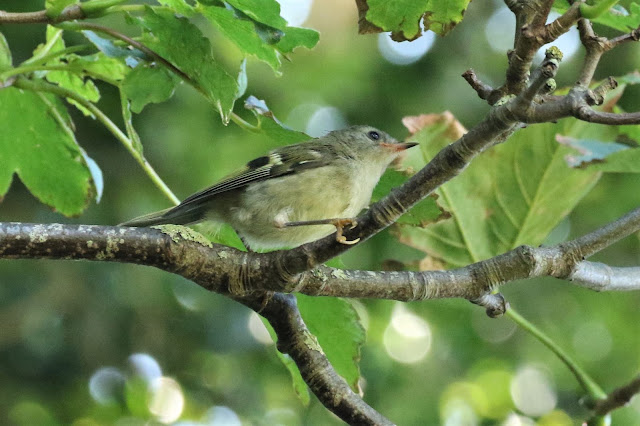Whilst on his lunchtime walk around Granta Park in the hot August sun, Andy M noted a few changes that seemed to be heralding the start of the transition from summer towards autumn.
With the meadows now all shades of brown - and many of the flowers, so bright just a few weeks ago, now turned to seed - a few flowers could still be found in sunny spots around the edges - such as
Common Mallow,
Scarlet Pimpernell,
Cotton Thistle,
Agrinomy and
Hawkbit.

Cotton Thistle - running to seed (
Onopordum acanthium)
A trio of Teasel heads (
Dipsacus sylvestris)
Common Mallow (Malva sylvestris)
Scarlet Pimpernell (Anagallis arvensis)
Cotton Thistle (Onopordium acanthium)
Agrimony (Agrimonia eupatoria)
In some cases, these flowers were being actively sought out by the few remaining butterflies, such as the resplendent
Painted Lady, while others such as
Speckled Wood and
Green-veined White chose to remain in the cool shade of the woods.
Painted Lady butterfly on Hawkbit flower
Speckled Wood butterfly
Speckled Wood butterfly (underwing)
Green-veined White butterfly
Loose flocks of small birds such as Great Tit, Blue Tit and
Long-tailed Tit, were forming and moving through the woods, quietly feeding, 'chirruping' to keep together, and at their fringes the odd single Blackcap, Chiffchaff or
Goldcrest.
Long-tailed Tit
Goldcrest
The first berries and fruits, such as
Elderberry,
Hawthorn,
Yew,
Hazel,
Horse Chestnut and
Beechnut, were starting to appear, and the
Ivy was covered in its strangely-shaped flower buds.
Fungi such as
Boletus could also be found, starting to pop up through the leaf-litter.
Elderberry
Hawthorn berries
Yew berries
Hazelnuts - more (or less!) expertly opened!
Horse Chestnut
Beechnut
Beechnut
Strangely-shaped flower buds of Common Ivy ....
... that the hoverflies and bees seem to love
- Hornet Mimic Hoverfly (Volucella zonaria)
Fruiting body of a
Boletus fungi
A Sycamore leaf - still green - in a shaft of sunlight.
'Tar spots' showing, but autumn colours not yet here!


























No comments:
Post a Comment